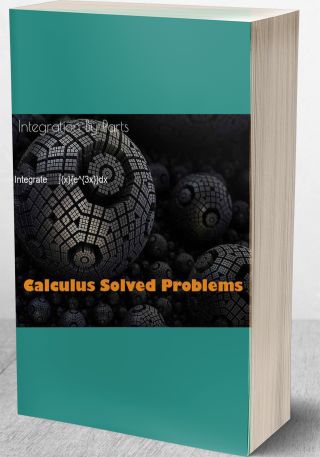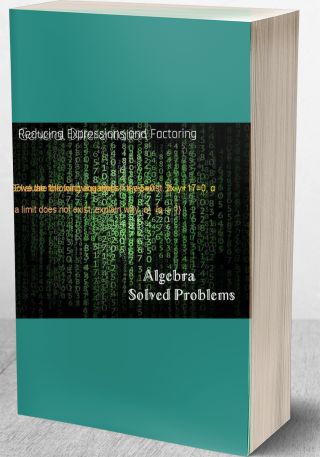A business cycle model states that the rate of change of price (a function of time, t) depends on th
Question: A business cycle model states that the rate of change of price (a function of time, t) depends on the accumulated total of all past excess demand. In addition, both demand and supply are linear functions of price. The equations of the model may be written:
\[\begin{aligned} & D\left( p\left( t \right) \right)={{d}_{0}}+{{d}_{1}}p\left( t \right)\,\,\,\,\,\,\,\,\,\,\,\,\,\,\,\,\,\,\,\,\,\,\,\,\,\,\,\,\,\,\,\,\,\,\,\,(1) \\ & S\left( p\left( t \right) \right)={{s}_{0}}+{{s}_{1}}p\left( t \right)\,\,\,\,\,\,\,\,\,\,\,\,\,\,\,\,\,\,\,\,\,\,\,\,\,\,\,\,\,\,\,\,\,\,\,\,\,\,\,(2) \\ & p''\left( t \right)=a\left( D\left( p\left( t \right) \right)-S\left( p\left( t \right) \right) \right)\,\,\,\,\,\,\,\,\,\,\,\,\,\,\,\,\,\,(3) \\ \end{aligned}\]where D, S, and p are quantity demanded, quantity supplied and price respectively all in natural logarithms. Other terms are constants and specifically a>0, d1< 0, s1> 0.
(a) Obtain a differential equation for p(t). [5 marks]
(b) Show that the characteristic equation has complex roots and obtain the general
solution of this differential equation. [10 marks]
(c) Determine whether this process converges to steady state. [5 marks]
(d) Show that the frequency of oscillation of the process increases with the elasticity of demand. [10 marks]
Deliverable: Word Document


![[Solved] In the lectures all differential equations have been defined in terms of time. That is, the derivati #21088 General Differentiation](/images/downloads-images/featured/Calculus-question-21087.jpg)
![[Solved] Consider the graph of y = tan x. (a) How does it show that the tangent of 90 degrees is undefined? #1925 Other Calculus](/images/downloads-images/featured/Calculus-question-21892.jpg)



